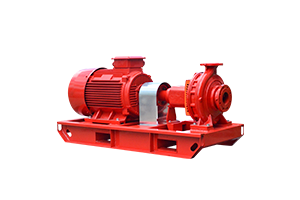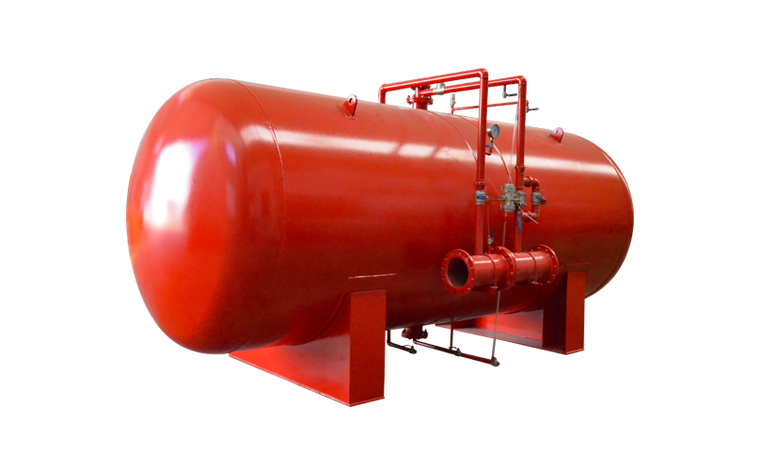What Is Fire Pump Priming and Why Is It Necessary?
In fire protection systems, fire pumps play a crucial role in delivering the required water flow and pressure to extinguish fires. However, to function effectively, fire pumps need to be primed. In this article, we will explain what fire pump priming is, why it is necessary, and how it contributes to the reliability and efficiency of fire protection systems.

What is Fire Pump Priming?
Priming a fire pump refers to the process of removing air from the pump casing and filling it with water or another suitable fluid before the pump begins operation. This step ensures that the pump is fully prepared to deliver water under pressure in the event of an emergency. Without proper priming, the pump may not create enough suction to draw water from the source, which can result in system failure.
There are two main types of fire pump priming methods:
-
Self-Priming:
Some fire pumps are designed to prime themselves by utilizing a mechanism built into the pump. These pumps have an automatic priming system that starts as soon as the pump is activated, removing air and creating the necessary vacuum to pull water into the pump. -
Manual Priming:
In systems that do not have self-priming capabilities, a manual priming pump is used to evacuate air from the pump casing. Once the pump is primed, the main pump can be started and will begin drawing water.
Why Is Fire Pump Priming Necessary?
-
Ensures Consistent Water Flow:
A fire pump that is not properly primed will fail to generate the necessary pressure and flow to fight a fire. Priming ensures that the pump is fully charged with water, maintaining the pressure required to protect lives and property. -
Prevents Damage to the Pump:
Running a fire pump dry or without proper priming can cause significant damage to its components. Without water to lubricate the pump's internal parts, friction can lead to wear and tear, reducing the pump's lifespan and potentially causing it to fail when needed most. -
Ensures Immediate Readiness in Emergencies:
In fire situations, every second counts. A fire pump that has been correctly primed is ready to deliver water at a moment's notice. Proper priming prevents delays that could occur due to air pockets or lack of suction. -
Compliance with Fire Safety Regulations:
Many fire safety standards, including NFPA 20, require that fire pumps are adequately primed before operation. Non-compliance can result in penalties and jeopardize the safety of the building or premises.
How to Ensure Proper Fire Pump Priming
-
Regular Testing and Maintenance:
Fire pumps should be tested regularly to ensure they are functioning properly and can be primed without issues. This should be part of a comprehensive maintenance schedule that includes checking valves, suction lines, and the priming system. -
Training for Personnel:
Fire safety personnel should be trained in the priming process and emergency procedures to ensure that they can handle any situation that may arise. -
Use of Reliable Priming Equipment:
Whether using a self-priming or manual priming system, it is essential to invest in high-quality priming equipment that can handle the demands of your specific fire pump.
Conclusion
Fire pump priming is an essential step in ensuring the functionality and reliability of fire protection systems. By understanding and properly managing the priming process, building owners and safety personnel can help ensure that their fire pumps perform optimally when they are needed most. Proper priming also contributes to the longevity of the pump, compliance with safety regulations, and ultimately, the protection of lives and property in the event of a fire.

.png)
.png)

.png)


